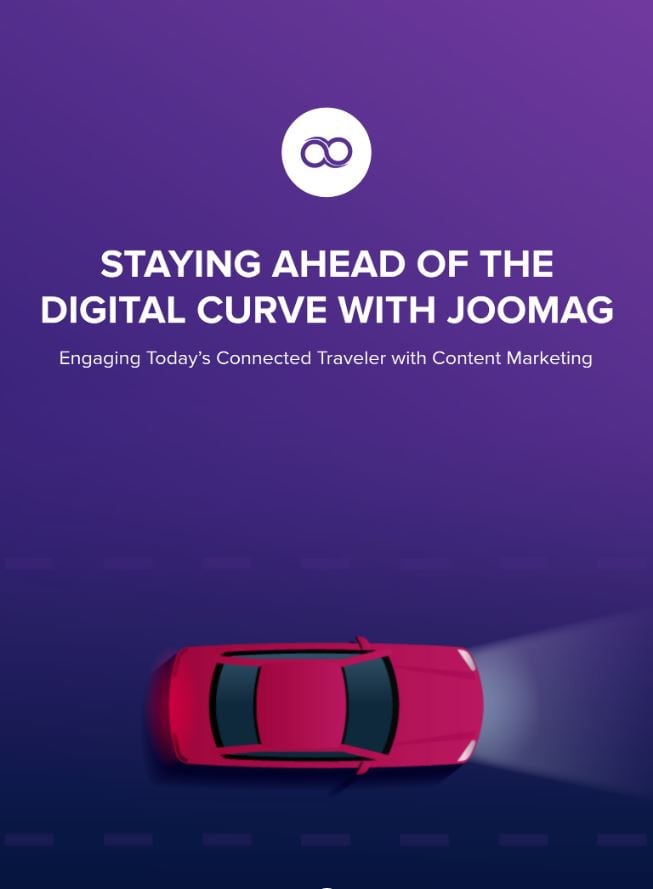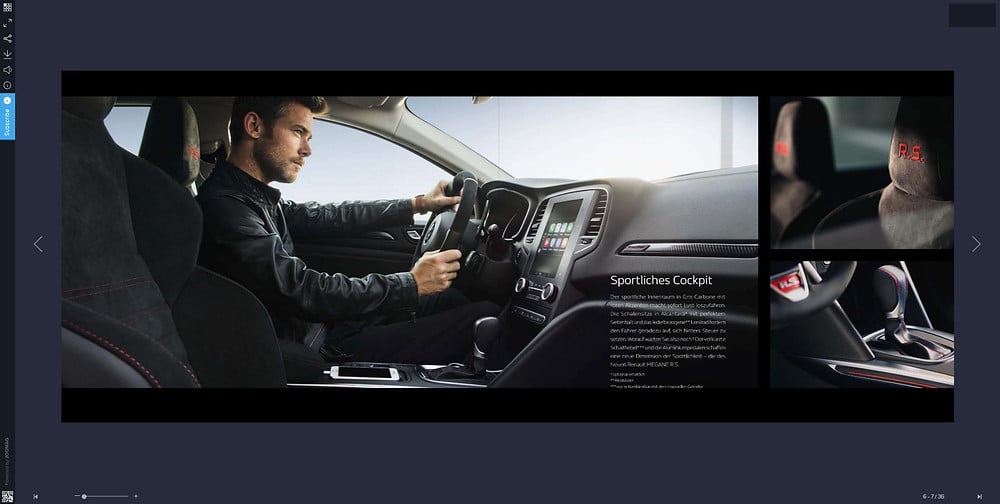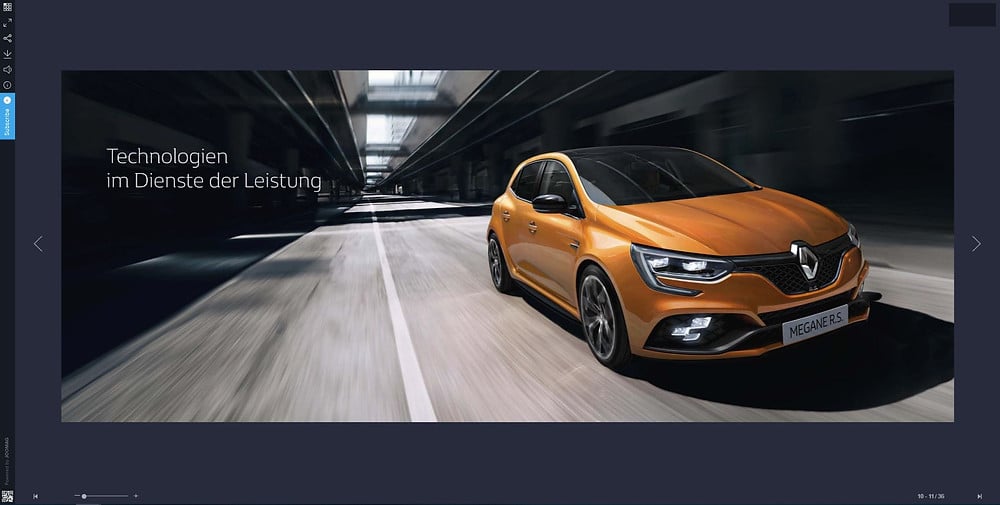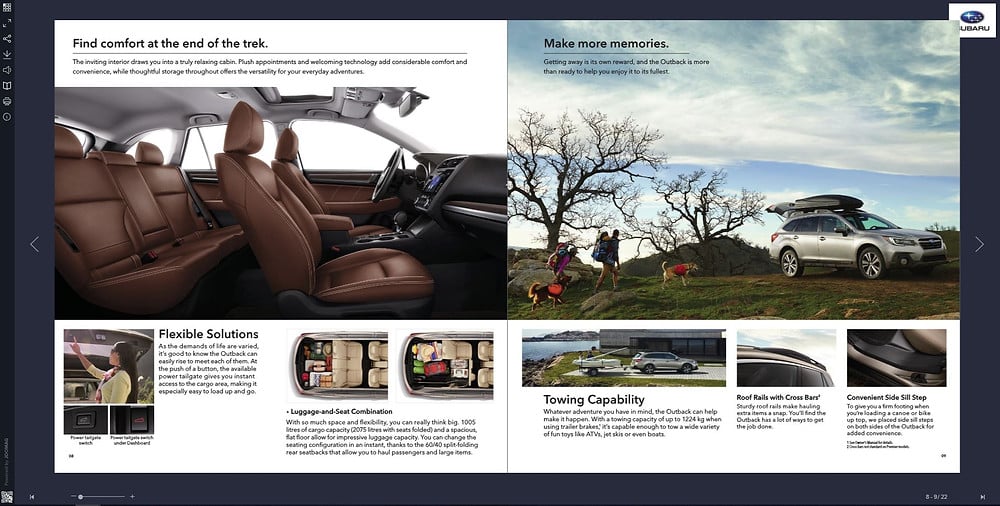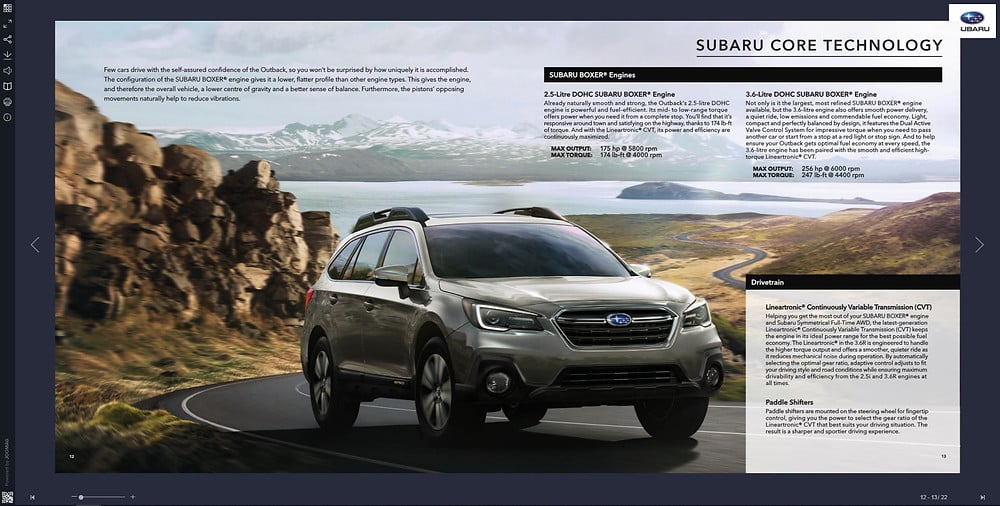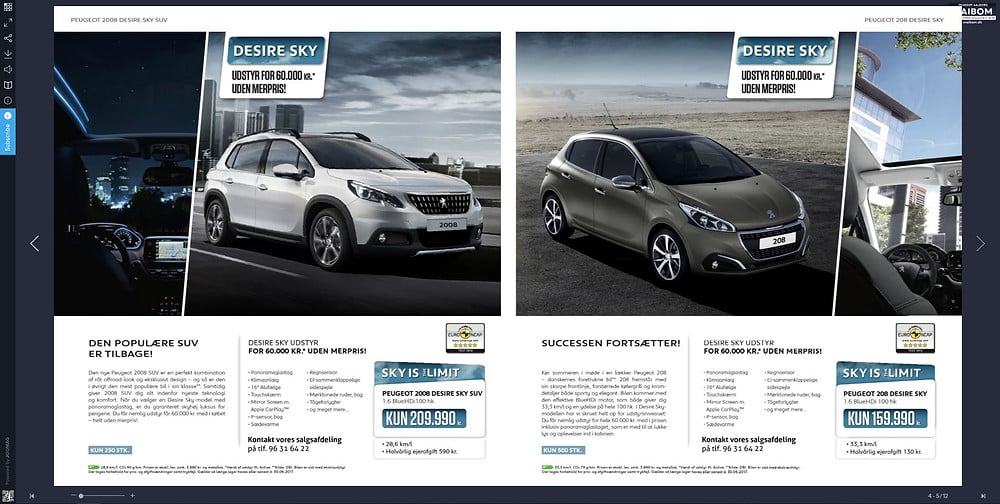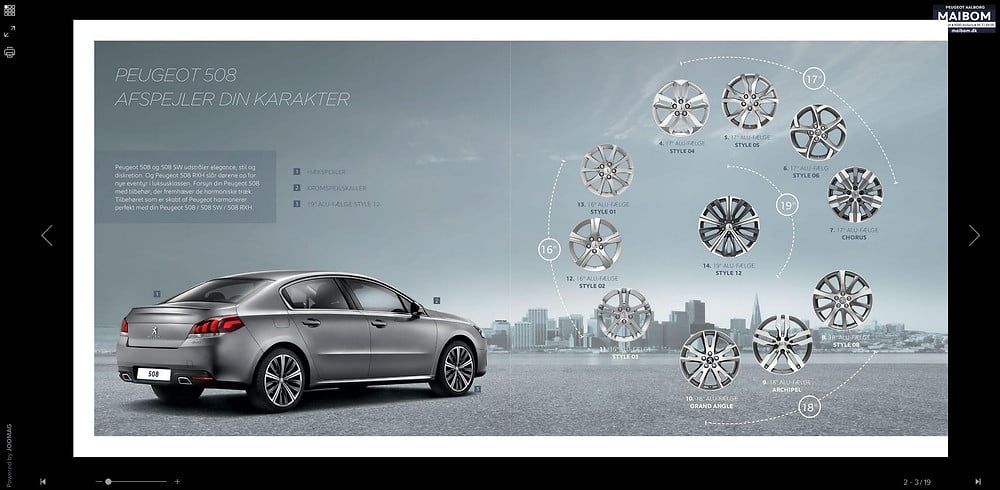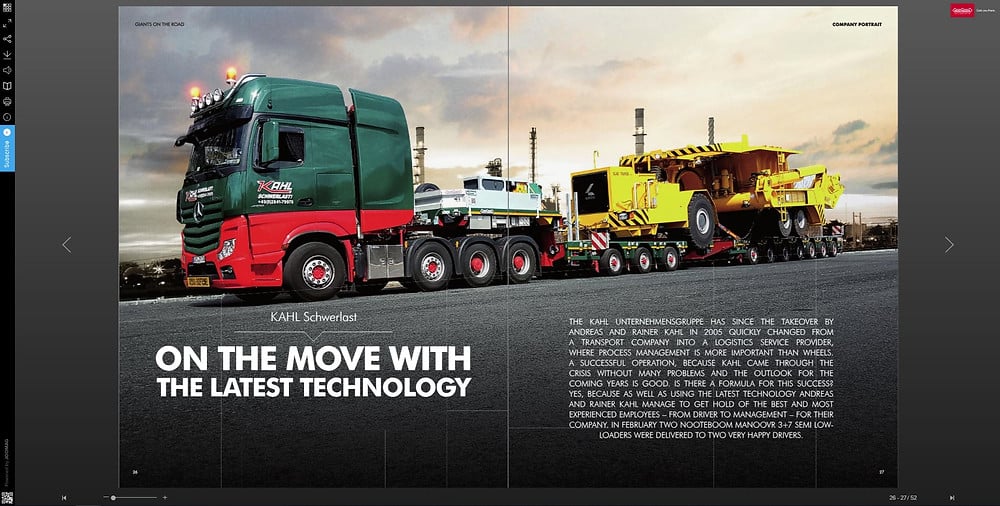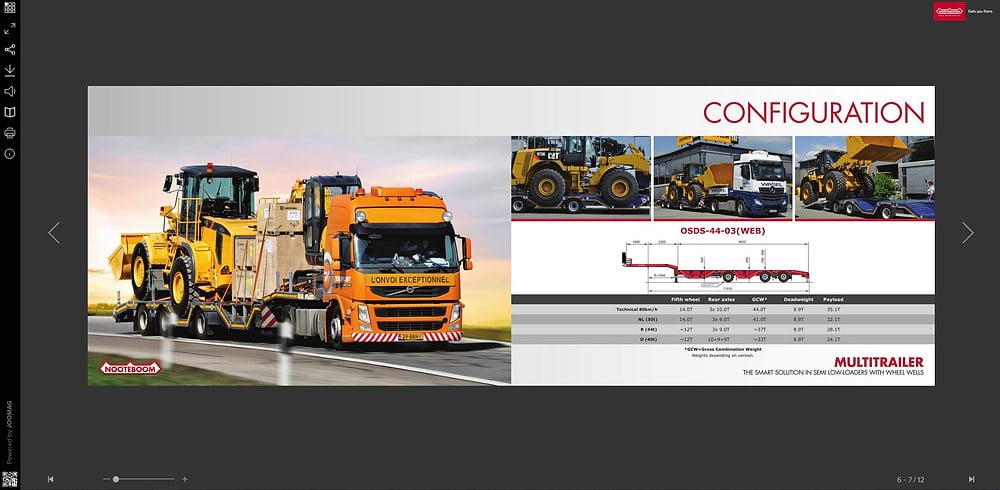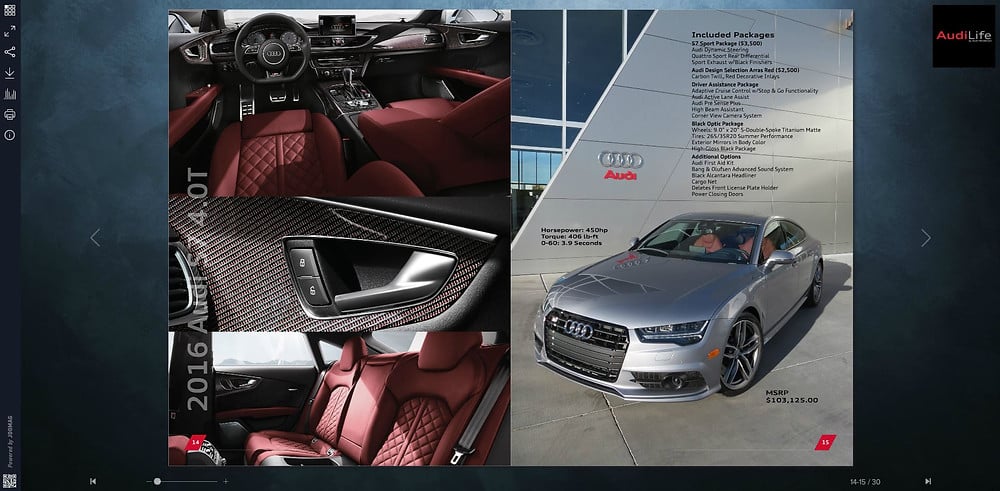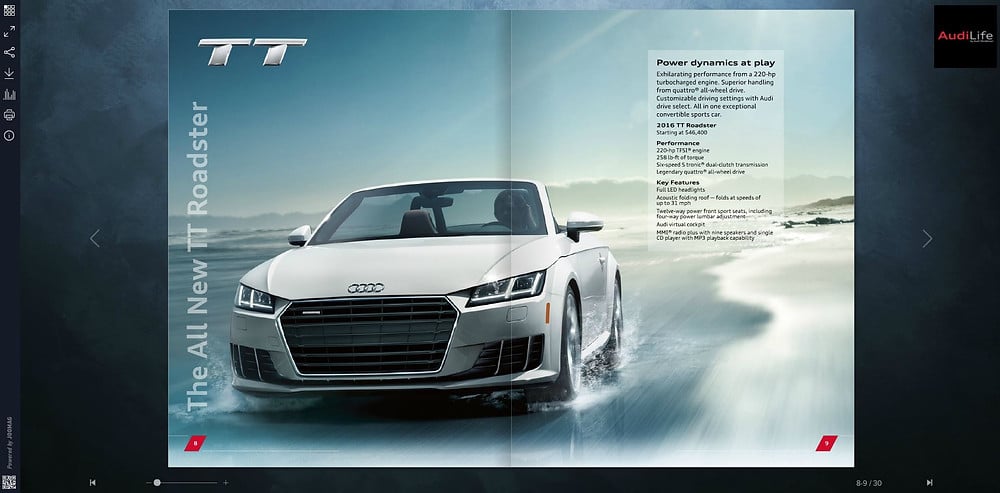
Content marketing is quickly gaining speed in the automotive industry.
To engage with clients, involve themselves more in the buyer’s journey, and generate high-quality leads, car brands should embrace digital transformation and take their marketing online. How? By rethinking their digital marketing strategy and repurposing legacy assets (like those listed below) for the modern, digital crowd
Leveraging Interactive Legacy Content for Success
Owner Manuals: From Paper to Digital - A Transformation
Traditionally, owner manuals have been bulky, often ignored paper booklets tucked away in glove compartments. The digital transformation of these guides into comprehensive, interactive digital resources represents a significant leap forward. Not only does it make accessing crucial vehicle information easier and more engaging for car owners, but it also allows automotive brands to update content in real time, ensuring the latest vehicle features and safety guidelines are always readily available. Interactive elements such as instructional videos, clickable diagrams, and troubleshooting guides enhance the user experience, making the learning process about their vehicle both informative and enjoyable.
Interactive Brochures: Marketing Vehicles in the Digital Age
Digital brochures have revolutionized the way automotive companies market their vehicles. Unlike their print counterparts, online brochures offer dynamic, interactive experiences for potential buyers. Through high-resolution imagery, 360-degree vehicle views, and embedded videos, customers can virtually explore cars from the comfort of their homes. Interactive brochures allow for personalization, enabling users to customize car models with different colors and features before making a decision. This level of engagement not only captivates the audience but also drives higher conversion rates by providing a comprehensive look at what's being offered.
E-Catalogs: Showcasing Options with Interactivity
Similarly, digital catalogs have transformed from static lists of products into vibrant, interactive showcases. For the automotive industry, this means presenting the full range of vehicles in an engaging way that highlights the diversity and innovation of their lineup. Interactive catalogs facilitate a deeper exploration of each model, with clickable content revealing detailed specifications, customization options, and comparison tools. They can also integrate real-time pricing, special offers, and direct links to test drive booking systems, making it easier for customers to take the next step toward purchase.
Digital Magazines: Engaging Digital Audiences with Rich Content
Automotive magazines, once confined to print, now thrive in the digital realm where they serve not just as marketing tools but as platforms for brand storytelling. Digital versions offer enriched content through videos, interviews, behind-the-scenes looks at vehicle design and manufacturing, and interactive articles about car culture and innovation. These magazines create a community of enthusiasts and customers who return for compelling content, fostering brand loyalty. The interactive experiences provided by digital magazines keep readers engaged longer, offering automotive brands a prime opportunity to subtly weave in marketing messages alongside valued editorial content.
If you’re interested in learning more about content marketing and its place in the automotive industry, check out our latest white paper, Staying Ahead of the Digital Curve With Joomag, below:
Top 5 car brands using content marketing to drive business growth
Here are five prime examples of automotive brands that are steering the course of content marketing with precision and creativity. Each brand, from the globally renowned Groupe Renault to the innovative Audi, utilizes content marketing to not only highlight their unique selling propositions but also to weave a deeper narrative around their products and ethos. These examples showcase how effectively integrating content marketing into their digital strategy helps these brands to engage with customers, showcase technological advancements, and drive meaningful interactions in the digital era.
1. Groupe Renault
Group Renault has been making cars since 1898, sold 3.76 million vehicles in 2017, and operates in 134 countries today. To meet the major technological challenges of the future while continuing to pursue profitable growth, the company is focusing on international expansion and brand synergy.
"Passion for life."
2. Subaru
Ever since the Subaru 360 was released in 1958, SUBARU has been consistently aiming to deliver the safest cars on the road, excellent driving performance, and intelligent packaging. This concept is applied to each and every vehicle the Japanese company produces.
"Confidence in motion."
3. Peugeot
Present in almost 160 countries with more than 10,000 points of contact, Peugeot is the world's only brand to market complete mobility in its cars, scooters, bikes, and other products. Peugeot’s ambition is to establish itself as the definitive upmarket full-line manufacturer with glob.
4. Nooteboom Special Trailers
Nooteboom Trailers B.V. is a leading international company offering innovative and complete solutions for abnormal transport. It builds trailers of the highest quality and with payloads of up to 200 tons. Noteboom’s product range includes semi-trailers, low-loaders, drawbar trailers, and semi low-loaders.
5. Audi
Audi is synonymous with sporty vehicles, high-quality builds, and progressive design. Its famous German motto, “Vorsprung durch Technik,” means “progress through technology” in English. The Audi Group is among the world’s leading producers of premium cars.
Start Creating Your Auto Magazine Now!
FAQ
Q: How do auto brands measure content marketing effectiveness?
A: Brands typically use metrics like engagement rates, website traffic, and conversion rates to evaluate the success of their content marketing efforts
Q: What role does social media play in auto brands' content marketing?
A: Social media is crucial for amplifying content reach, engaging with the audience, and boosting brand visibility
Q: Can smaller auto brands effectively implement these content marketing strategies?
A: Yes, by focusing on niche markets, creating high-quality content, and leveraging social media, smaller brands can effectively apply these strategies.
